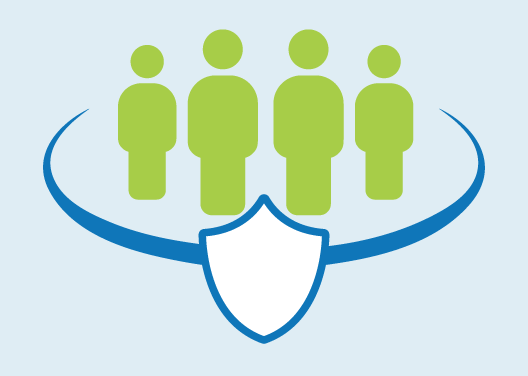What Regulations Protect Research Participants?
The Common Rule
The Federal rules that protect people who participate in research were initially published by the Department of Health and Human Services (HHS).

The first section of the HHS rules (Subpart A) is called the Common Rule because it was simultaneously adopted by 15 Federal departments and agencies in 1991. The Common Rule was revised in 2017 to reflect how research has changed since 1991.
 One key protection in the Common Rule is the requirement for appropriate review and approval of research by institutional review boards, or IRBs. IRBs are committees that make sure researchers follow the HHS rules and ethical guidelines as they carry out their studies.
One key protection in the Common Rule is the requirement for appropriate review and approval of research by institutional review boards, or IRBs. IRBs are committees that make sure researchers follow the HHS rules and ethical guidelines as they carry out their studies.
Additional Protections
In addition to the Common Rule, there are 4 other subparts in the HHS rules. Three of these (Subparts B, C, & D) provide additional protections for certain groups of research participants that could be considered vulnerable.
 The Common Rule generally requires that researchers get informed consent from volunteers who participate in research. This includes giving them information about the study, including risks and benefits.
The Common Rule generally requires that researchers get informed consent from volunteers who participate in research. This includes giving them information about the study, including risks and benefits.








